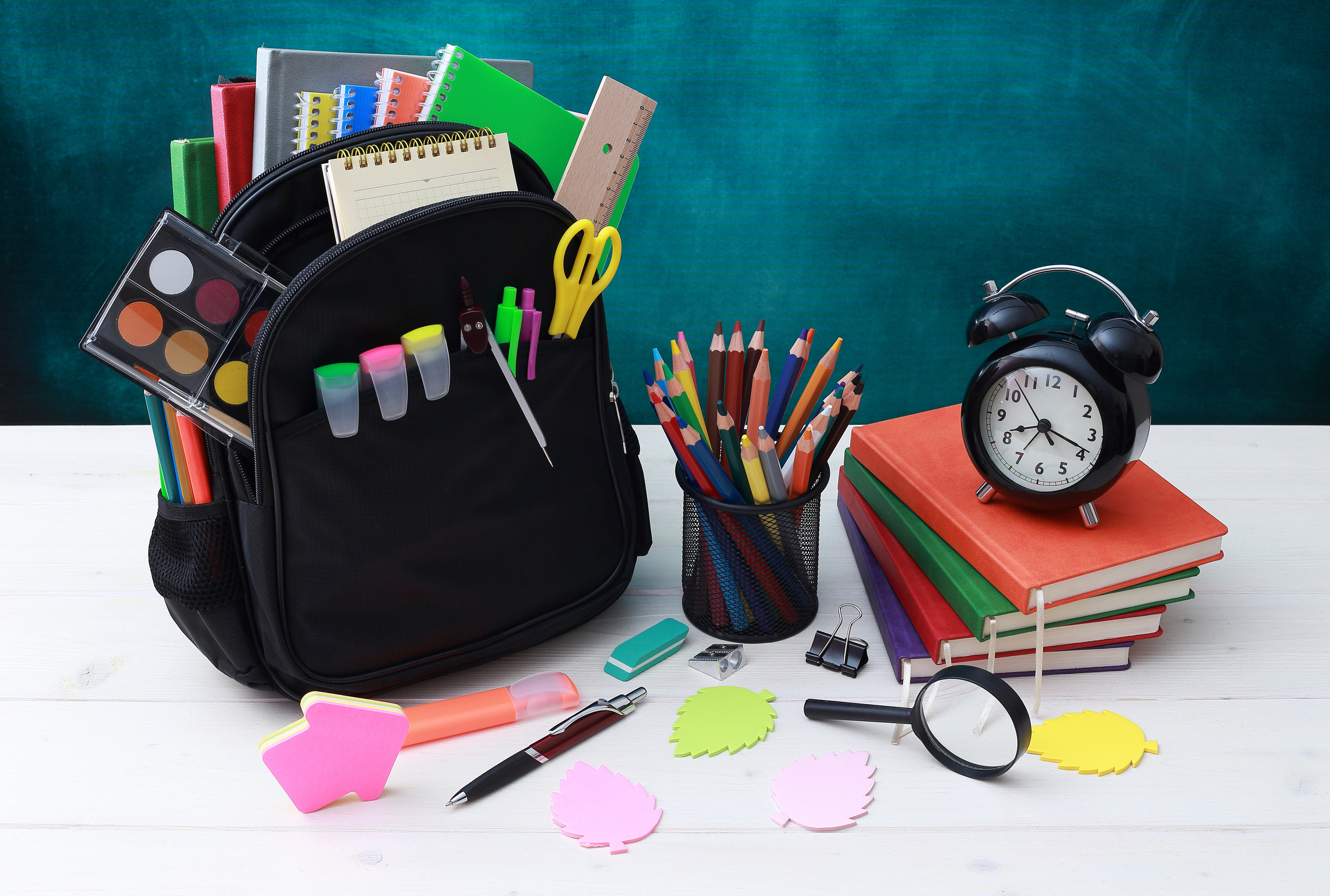Back-to-school shopping has always been a big deal for families, but in recent years, it has turned into a major financial challenge. Between rising inflation, expanded expectations from schools, and the sheer amount of items now required, parents are often shocked at the cost of filling backpacks each fall. What used to be a simple trip for notebooks and pencils can now rival a monthly grocery bill. If you’ve ever stared at your child’s supply sheet and wondered how on earth you’ll afford it all, you’re not alone. Let’s take a look at 10 school supply lists that now feel financially impossible and why so many families are struggling to keep up.
1. Kindergarten Classrooms With Every Detail Covered
Kindergarten used to mean crayons, a glue stick, and maybe some markers. Today, many schools send home school supply lists that require everything from bulk packs of tissues to personal headphones. Some even request specific brand names to ensure consistency, which drives up costs even further. While teachers understandably want the best for their classrooms, parents often feel the pinch when the list runs two pages long. For families with multiple children starting school, these lists can be financially overwhelming before the year even begins.
2. Middle School Math Kits That Rival College Courses
Middle school parents often find themselves shelling out for expensive calculators, geometry kits, and graph paper by the ream. These math-focused school supply lists are no small investment, and the price tags can shock families used to simpler requirements. A scientific calculator alone can cost upwards of $100, and some schools require one for each student, with little flexibility. Add in specialized notebooks and rulers, and the expenses pile up quickly. The result is a financial burden that’s difficult for many households to manage.
3. Technology Expectations Starting Earlier Than Ever
It’s not uncommon now for schools to expect students to bring their own tablets, laptops, or headphones. These technology-heavy school supply lists can run into the hundreds, if not thousands, of dollars per student. Families without easy access to electronics often feel the most pressure, especially when schools discourage “shared” devices. Even when districts provide partial support, there are still accessories and software to purchase. What was once a luxury is now considered essential, creating a significant financial divide.
4. Art Programs That Rely on Parents’ Wallets
Art classes bring creativity to life, but they also come with long, costly supply sheets. Parents are asked to purchase paints, specialty brushes, sketchbooks, and even items like modeling clay. These art-focused school supply lists can rival professional artist kits, leaving families frustrated at the expense. While creative learning is incredibly valuable, the financial responsibility often falls heavily on parents. Many feel they are funding the entire classroom with little relief.
5. High School Science Demands with Pricey Tools
High school students often need lab goggles, scientific calculators, and even personal lab notebooks that meet strict specifications. These science-based school supply lists are especially hard on families when multiple children are enrolled at the same time. Items like calculators or lab equipment aren’t cheap, and they’re often non-transferable between siblings if teachers demand newer models. The expense creates a heavy financial weight just to keep students prepared for class. For some families, it feels nearly impossible to meet these expectations.
6. Extracurricular Clubs with Hidden Supply Needs
Sports, band, and after-school clubs often tack on their own unofficial lists of must-have items. Parents may face expenses for uniforms, instrument accessories, or even specific binders and folders for club activities. These extra school supply lists come without much warning, catching families off guard in the middle of the year. Unlike classroom essentials, many of these items are not optional. The accumulation of hidden costs makes school participation a financial balancing act.
7. Bulk Classroom Contributions That Add Up
Many schools now ask each student to bring bulk items like packs of printer paper, sanitizing wipes, or tissues. While understandable in underfunded districts, these contributions can feel like an added tax on families already stretched thin. School supply lists that include bulk goods shift the financial responsibility from schools to households. With rising grocery and utility bills, even “small” items add up quickly when multiplied across all students. Parents often feel they’re subsidizing school budgets in ways they simply can’t afford.
8. Specialty Courses That Demand Unique Supplies
Electives like home economics, shop, or photography often require unique supplies that are difficult to find cheaply. Parents may need to purchase sewing kits, woodshop safety gear, or even specialized software for digital courses. These elective-driven school supply lists can easily exceed the cost of core subjects. While electives are valuable for skill-building, the financial burden can make them inaccessible to lower-income families. The result is an uneven playing field for students who want to explore diverse interests.
9. College Prep Classes That Push Premium Resources
Advanced Placement or International Baccalaureate classes often have their own school supply lists that go beyond the basics. Teachers may require specific prep books, online subscriptions, or specialized binders. The push for college readiness comes at a high price, often putting families in a tough financial spot. These added costs can discourage students from participating in advanced programs that could benefit their future. The irony is that these lists are meant to prepare students for success but often create barriers instead.
10. Multiple Kids, Multiple Lists, One Stretched Budget
Perhaps the toughest challenge comes when parents have more than one child in school. With each child receiving their own supply sheet, the costs can multiply into the hundreds or even thousands of dollars. Families often juggle overlapping items from different school supply lists, with little chance to share supplies across grade levels. Even the most budget-conscious parents struggle to keep up with this reality. For many, the back-to-school season now feels like a financial crisis rather than a fresh start.
Rethinking What Families Can Truly Afford
When school supply lists grow longer and pricier each year, families are forced to make difficult financial choices. Education is vital, but the costs are putting unnecessary pressure on households already battling rising expenses. Schools, districts, and policymakers need to rethink what is truly essential versus what should be supplied at the institutional level. Parents want to support their children’s learning but shouldn’t feel financially crushed every August. The conversation around affordability needs to happen now to prevent school from becoming financially impossible for too many families.
Do you feel school supply lists have gotten out of control? Share your experiences and ideas for saving money in the comments below.
Read More:
Here’s Why School Supplies Continue to Cost More and More Every Year
8 School Rules That Should’ve Changed Decades Ago
Catherine is a tech-savvy writer who has focused on the personal finance space for more than eight years. She has a Bachelor’s in Information Technology and enjoys showcasing how tech can simplify everyday personal finance tasks like budgeting, spending tracking, and planning for the future. Additionally, she’s explored the ins and outs of the world of side hustles and loves to share what she’s learned along the way. When she’s not working, you can find her relaxing at home in the Pacific Northwest with her two cats or enjoying a cup of coffee at her neighborhood cafe.












